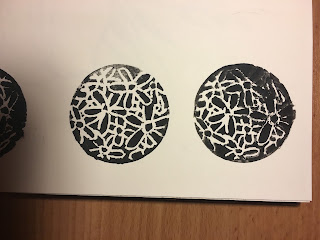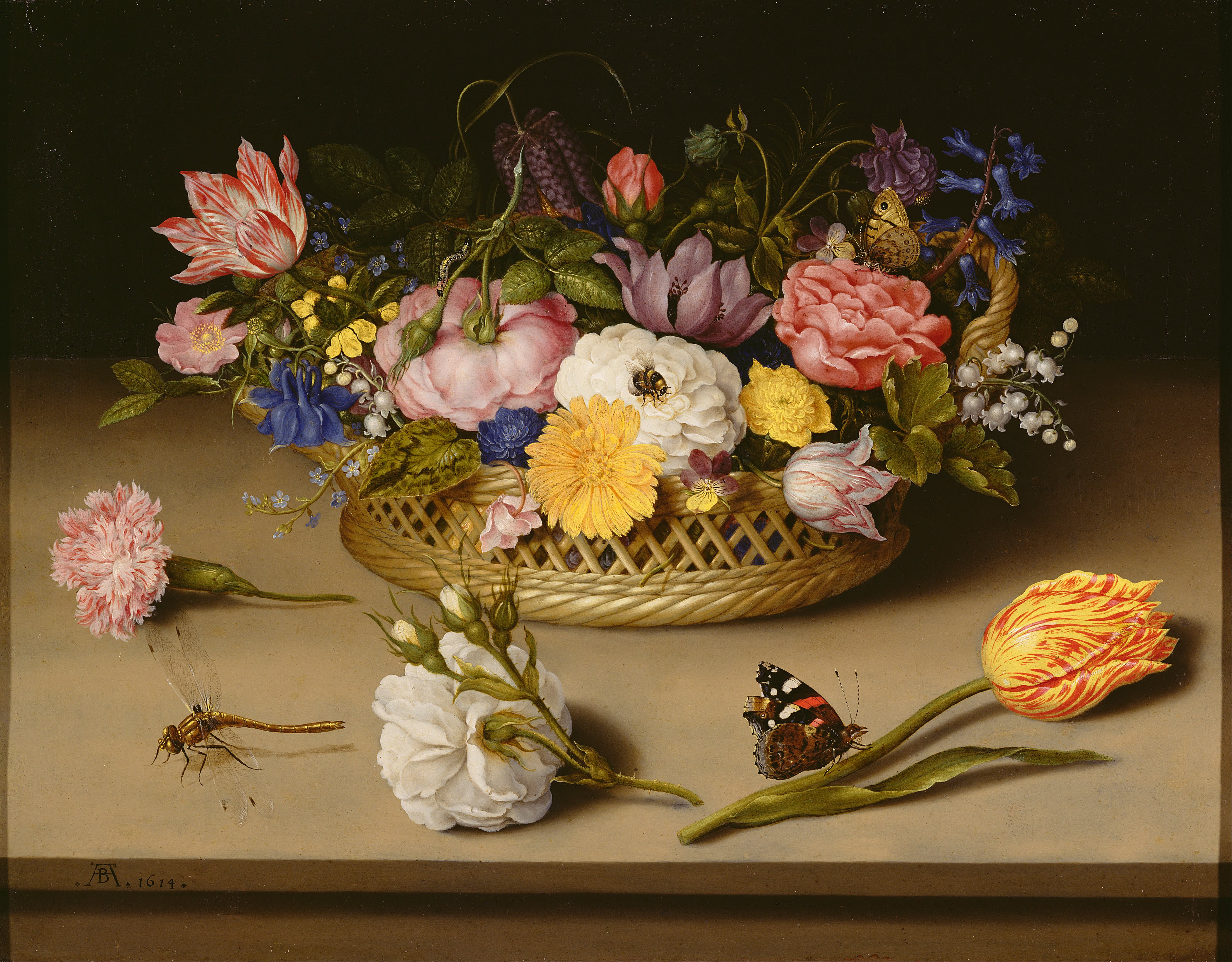William
Morris (24 March 1834 – 3 October 1896) was an English textile designer, poet,
novelist, translator, and socialist activist. Associated with the British Arts
and Crafts Movement, he was a major contributor to the revival of traditional
British textile arts and methods of production. His literary contributions
helped to establish the modern fantasy genre, while he played a significant
role in propagating the early socialist movement in Britain.
Morris's
name and reputation are indissolubly linked to wallpaper design, but there is a
tendency to over-estimate the influence he had in this field. In fact, despite
his much-repeated belief in 'art for all', his wallpapers, like most of the products
of Morris & Co., were hand-made and expensive, and consequently had a
relatively limited take-up. His sources were plants themselves, observed in his
gardens or on country walks, and images of plants in 16th-century woodcuts, illuminated
manuscripts, tapes-tries and other textiles incorporating floral imagery. His
designs were not to be literal transcriptions of natural forms but subtle
stylised evocations.
Although he advised those designing
wallpapers to 'accept their mechanical nature frankly, to avoid falling into
the trap of trying to make your paper look as if it were painted by hand', he
also encouraged intricacy and elaboration so that the repeat itself was
disguised.
Morris created his wallpapers
through woodcuts so there had to be a repeat to support this, making his prints
symmetrical. This is an element of his work which I find attractive because to
me, it hints at the repeated nature of flowers. In my work, I am hand drawing
my image so that it is more handcrafted. Because of this process I won’t be
able to achieve an easy symmetry in my patterns however I will be striving for
symmetry as I think it works well at hinting at the symmetry within the flower
itself.
‘Strawberry Thief’ is my favourite of William Morris’ prints because
it incorporates so many different aspects of nature; birds and wildlife,
plants, fruit and flowers. It also has the cheekiness from the birds ‘stealing’
the strawberries which makes the print endearing. If I were to critique Morris’
prints I would say that for me personally, there is too much emphasis on the
leaves instead of the flower across his prints.
Each print sticks to certain colour
palates, with some having quite dark background but bright forefront colours to
contrast this. The colours highlight key aspects of his work and I want to look
further at this feature within my own prints. I would like to experiment with
backgrounds, however with my drawings having a think black outline I think a
dark background would make the print less of a feature.
 I created another drawing but one
that could stand on its own without needing to be connected to another piece to
make it flow. This pattern is my favourite so far because it is simple but with
plenty of detail. Its clear the original is hand drawn which is important to me
as I want my wall paper to show skill and effort.
I created another drawing but one
that could stand on its own without needing to be connected to another piece to
make it flow. This pattern is my favourite so far because it is simple but with
plenty of detail. Its clear the original is hand drawn which is important to me
as I want my wall paper to show skill and effort. 






































